
This is where you find all our press releases and news articles.
The straw pellet production line mainly uses corn stalks, soybean stalks, cotton stalks, wheat stalks and other agricultural and forestry wastes as raw materials, and is pressed into pellet fuel by a straw pellet machine, which is usually used for boiler combustion, power plant combustion and household heating. Today, I will introduce to you a straw pellet production line with an annual output of 9,000 tons, 30 tons per day, and 4 tons per hour.

30 Tons/day Straw Pellet Production Line Project
Table 1-1 List of product plans for acceptance projects
| Serial number | product name | Design capacity (tons/year) |
Equipment configuration | Operating hours per year (h) | |||
| Equipment name | Number of units | Is there a change | Equipment configuration | ||||
| 1 | Biomass pellet fuel | 9000 | Fragmentation machine | 1 | no | New | 2400 |
| grinder | 1 | no | New | ||||
| Dryer | 1 | The equipment has not yet been put into use | / | ||||
| Granulator | 3 | no | New | ||||
| Screening machine | 1 | no | New | ||||
| Conveyor | 5 | no | New | ||||
| Fan | 3 | no | New | ||||
Table 1-2 List of construction content and actual construction content during the EIA and approval stage
| content | Construction content of EIA and approval stage | Actual construction content | Remarks | |
| structural work | A factory building: construction area of 8,000 square meters, | The production workshop is the same as the EIA (see Figure 3-10) | Consistent | |
| Storage and Transportation Engineering | A warehouse: a building area of 4000 square meters | No new warehouse has been built yet, and some raw materials and products are stored in the production workshop | Not yet built | |
| Auxiliary engineering | Set up a 2-story office area on the southeast side of the plant, with an area of 1200 square meters | The office area and living area are temporary prefabricated houses (see Figure 3-11). | Not yet built | |
| Doorman: building area of 50 square meters | ||||
| Public works | Water supply system: 1.82t/d; drainage 0.96t/d | Water supply system: 1.73t/d; drainage 1.38t/d (see attachment) | Over 75% | |
| Power supply system: 200,000 degrees/a | Power supply system: 190,000 degrees/a (see attachment) | Over 75% | ||
| Drainage system: After the septic tank is treated, it will be used as fertilizer in the near future, and the sewage pipe network will be connected in the long term | Consistent with EIA, see Figure 3-12 and attachment | Sign agreements with surrounding farmers | ||
| Environmental Engineering | Wastewater treatment | 5m 3 septic tank | Consistent with EIA, see Figure 3-12 | Consistent |
| Waste gas treatment | Combustion waste gas: 5000m 3 /h is treated by a bag filter and discharged through a 15-meter high exhaust cylinder | The section has not yet been constructed and is not within the scope of this acceptance | Not built | |
| Drying dust: 3000m 3 /h processed by a bag filter and discharged through a 15-meter high exhaust tube | Not built | |||
| Processing dust: 10000m 3 /h negative pressure collection, using pulse bag filter treatment, exhaust gas is discharged through a 15-meter high exhaust cylinder | A bag filter is installed at the feed inlet of the crushing section to collect dust. After the crushed dust is processed by the pulse bag filter, large particles enter the silo, and the small particles are collected by negative pressure and discharged through a 15-meter high exhaust cylinder, as shown in the figure 3-14, 3-15, 3-16, 3-17 | Consistent | ||
| Noise control | Vibration and sound insulation, reasonable layout | Choose low-noise equipment, and take measures such as sound insulation and vibration reduction of the workshop. See Figure 3-19 | Consistent | |
| Solid waste treatment | Set up solid waste collection points | Located in the northwest of the factory area, see Figure 3-13 | constant | |
| Domestic garbage is handled uniformly by the sanitation department | Domestic garbage is handled uniformly by the sanitation department | constant | ||
| Dust recycling | Consistent with the environmental assessment, the collected dust is reused for production | constant | ||
| Waste packaging materials recycling takeaway | Sold to material recycling company, see attachment | constant | ||
| Greening | Green area of 1,860 square meters, planting of seedlings and flowers | Green area of 2000 square meters, planting of seedlings and flowers | constant | |
The main raw and auxiliary materials used in the acceptance project are shown in Table 1-3.
Table 1-3 List of main raw and auxiliary materials and energy consumption and usage of acceptance projects
| Serial number | Raw and auxiliary materials | Design consumption | (October- 3 0 - December 3 0 days) Consumption (t) | load(%) |
| 1 | Straw | 10589.72 (tons/year) | 1920 tons | 90.7 |
| 2 | water | 546 (tons/year) | 104 tons | 95.2 |
| 3 | Electricity | 20 (10,000 degrees/year) | 38,000 degrees | 95 |
| 4 | other | Biomass shaped particles 360t/a | At present, the raw materials generate heat by mechanical friction of the granulator, reducing the water content of the raw materials to less than 20%, which can meet customer needs, so the drying section has not been built. The drying section is placed in the second phase of construction and is not within the scope of this acceptance | / |
(1) Fragmentation: Use a fragmentation machine to break the incoming straw into small pieces. This process generates noise (N1) and dust (G1);
(2) Crushing: Use a crusher to crush the broken straw into small particles that meet the requirements. This process generates dust (G2) and noise (N2);
(3) Drying: The crushed particles are dried. The average water content of the raw materials purchased in this project is about 20%, and it needs to be dried to 5% before production. The dryer is used in this project. Biomass hot air stove, the fuel is biomass pellets, and the temperature of the dryer is controlled at 150-250℃. This process produces dust (G3), combustion exhaust gas (G4), noise (N3), and ash (S1);
(4) Granulation: The dried granules are conveyed to the granulator through the conveyor for granulation, and the finished product is made by extrusion molding. The extrusion process is a physical process without any adhesive and no chemical reaction. , This process mainly produces dust (G5) and noise (N4);
(5) Inspection: The unformed or unqualified pellets are screened out by the screening machine, and this part of the pellets enters the crushing device to be reused without discharge. This process generates dust (G6) and noise (N5);
(6) Packing and warehousing: the products that have passed the inspection are packed and put into the warehouse. This process mainly produces waste packaging materials (S2).
During the acceptance period from December 19 to 20, 2018, the production of this project was normal, and the environmental protection facilities were operating normally. The production load is greater than 75%, meeting the acceptance monitoring requirements. The working condition record is provided by Binhai New Lantian Biomass Fuel Co., Ltd. (see attachment). The working conditions during the monitoring period are shown in Table 1-4.
Table 1-4 Summary of production load during acceptance monitoring
| Monitoring time | product | Design capacity (tons/day) | Actual output (tons/day) | Load % |
| 2018-12-19 | Biomass particles | 30 | 27 | 90.0 |
| 2018-12-20 | 30 | 28 | 93.3 |
Having the right mix of reliable, high-quality pellet machine and pelletizing systems and expert support is essential to your success. Watch how our end-to-end feed pellet plant solutions have helped our customers optimize their performance.
Our customized and future-proofed turnkey pellet plant solutions is designed with you at the core. From vision to reality and beyond, our team stays connected with yours. Giving you peace-of-mind with an expert at your side.
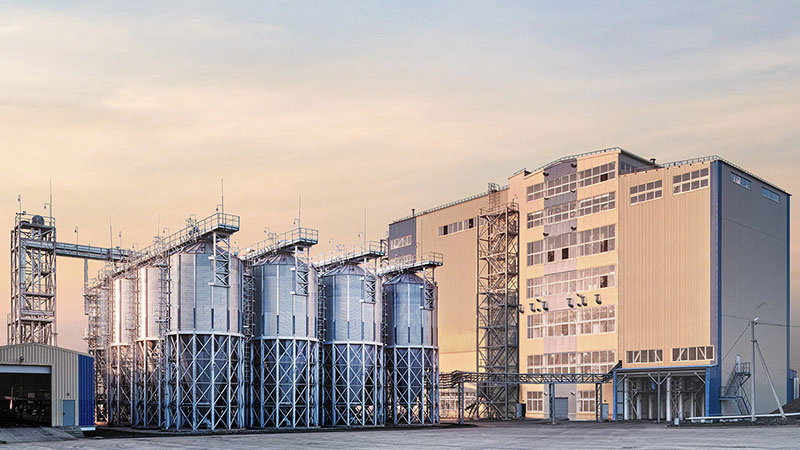
At RICHI, we go beyond project completion. With RICHI Servicee, we’re your dedicated partners in success. Count on us for expert guidance, minimal downtime, and optimized productivity. Choose RICHI for unmatched service and support.
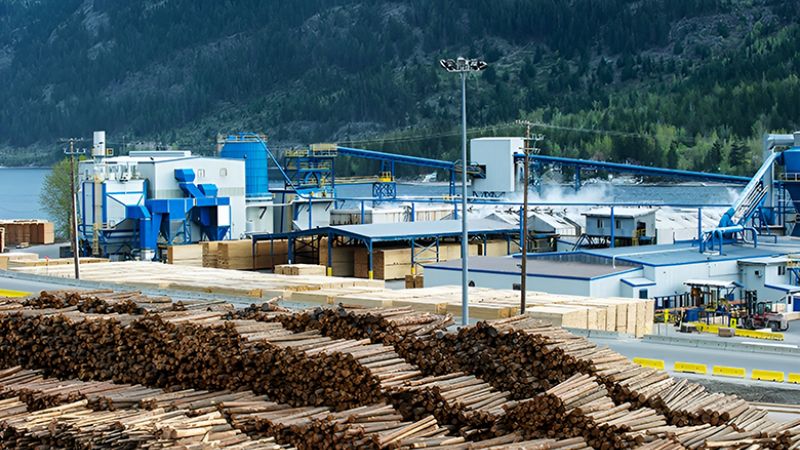
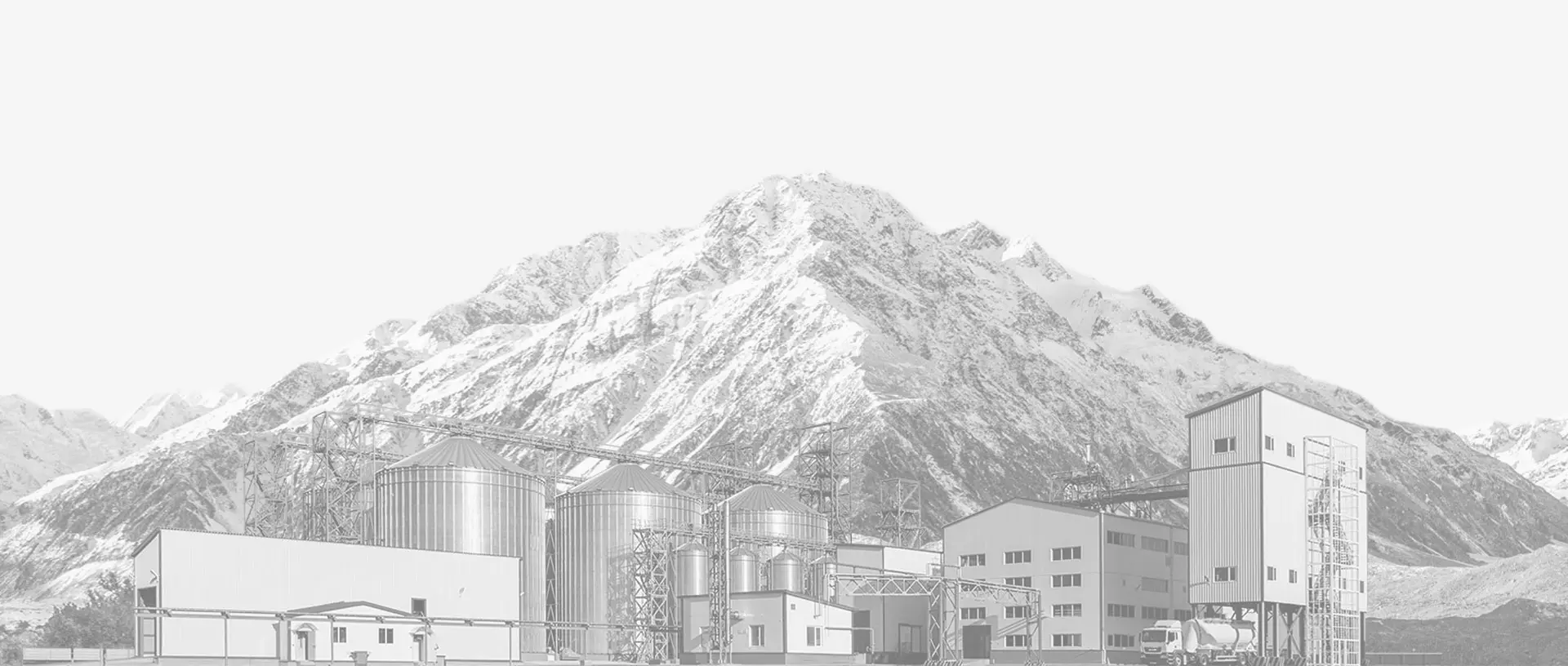

Meet global product demands and quality standards with industry-leading pellet plant design, engineering, equipment, and construction services for pellet processors.
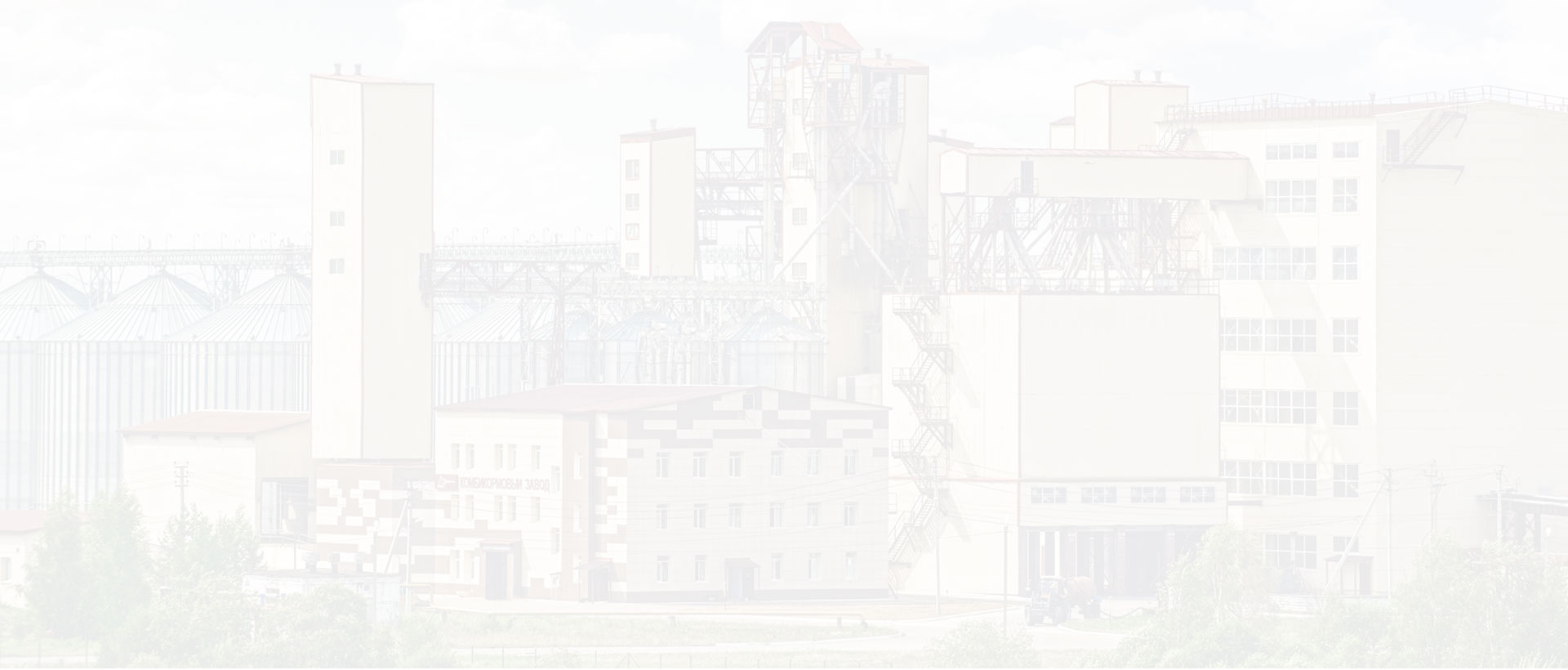

Your Partner Beyond Project Completion
2000+ cases
RICHI is the leading designer, manufacturer and builder of pellet plants in the world, completing over 2000 projects in 140 countries across 6 continents.
Read More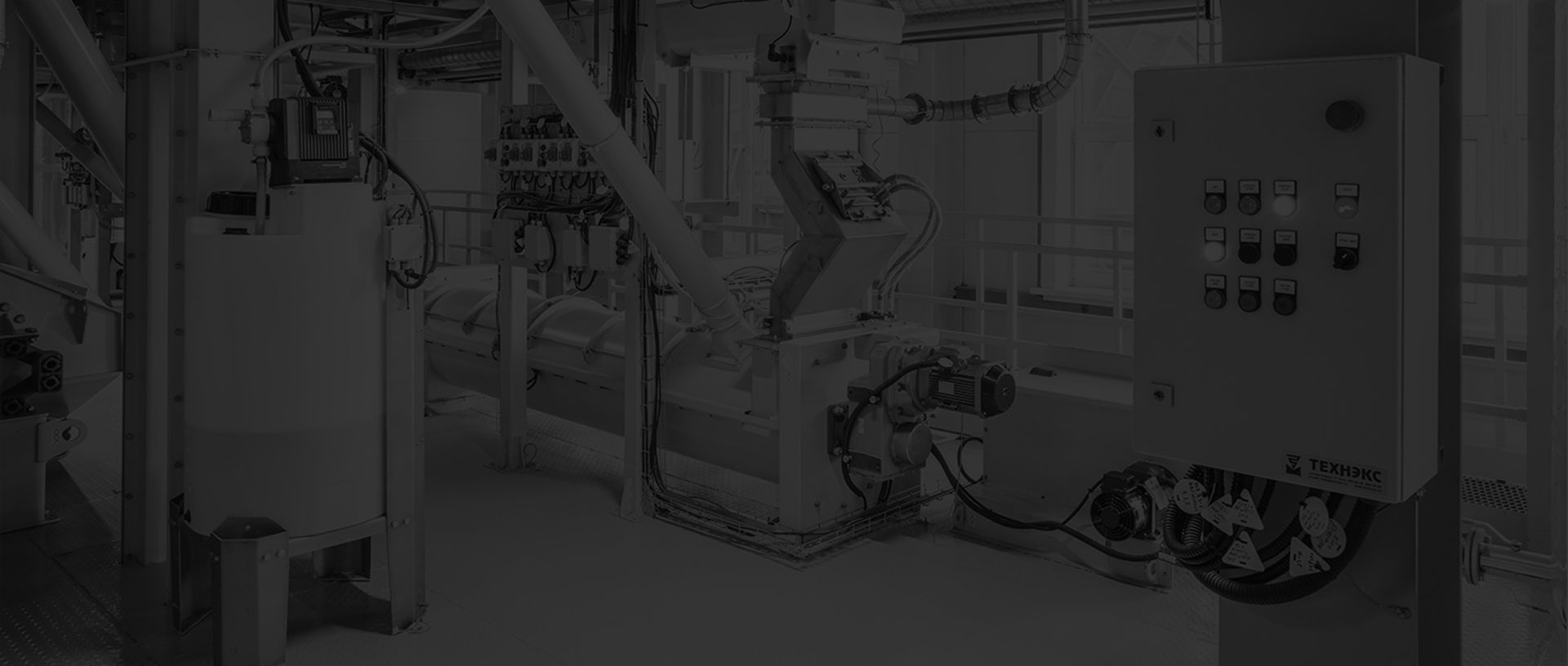
Increase plant productivity, profitability, and safety by integrating high quality equipment into your pellet production line. Over the years, RICHI has become China's top pellet equipment manufacturer. At the same time, RICHI has established valuable partnerships with the world's leading component and raw material manufacturers to bring you the best there is in technology, automation, and efficiency in pelleting plant machinery.

For nearly 30 years, RICHI has been providing best-in-class pellet plant equipment and services to clients across a variety of industries, sizes, and needs. We pride ourselves on the knowledge and skill that each team member possesses – from our technical sales team to our process design engineers. You can count on RICHI Machinery to take your operation to the next level of innovation, quality, and success.
Need help with your pellet manufacturing plant project? Contact us today.
ANIMAL FEED
BIOMASS
WOOD
ORGANIC FERTILIZER
AQUA FEED
CAT LITTER
MUNICIPAL WASTE RECYCLING
SPECIAL PELLET PRODUCTION
RICHI Machinery continues to deliver world class pellet mill equipment, pellet plant engineering and project solutions that add value to our customers in the animal feed, wood waste, agriculture waste, organic fertilizer, cat litter and special pellet products industries. Throughout the years, we RICHI Machinery have built strong brand, becoming industry-leading pellet machine manufacturer. We value integrity, promise quality, and prioritize your success.
Learn MoreWith our expert team, we precisely implement your process engineering requirements in pellet mill and pelletizing plant systems. No matter which industry you’re in – we understand your needs and deliver solutions that meet the highest standards.
At RICHI, quality comes first. Our pellet making machine and related pellet line equipment undergo rigorous quality controls to ensure they meet the highest standards. Rely on products that are durable, safe, and efficient.
With decades of experience in pellet machine and pellet production line production, we have earned a reputation as a trusted partner in various industries. Our expertise allows us to cover a wide range of applications.
Not only do we offer premium pelleting equipment, but we are also experts at designing, building, installing, and maintaining facilities from the ground up. Our expertise is within pellt plant process design, discovering the most efficient, productive, and profitable way to handle your materials in an end-to-end cycle.

Keeping in touch with us is an effective way to solve all your problems. If you have any needs or questions, please leave your contact information, then RICHI technical consultants will send design, quotation, videos to your mailbox. You can also contact us directly via WhatsApp: +86 13838389622
Copyright©2015-2024 by HENAN RICHI MACHINERY CO., LTD. All rights reserved.